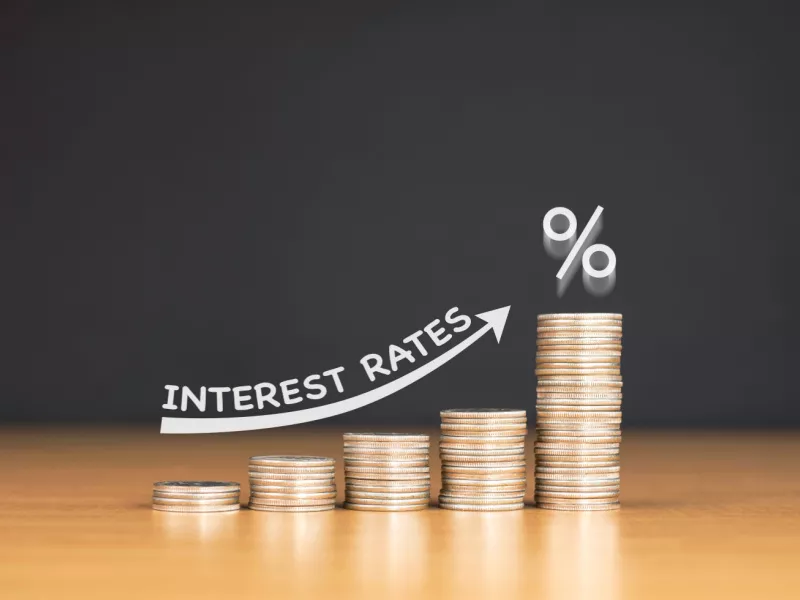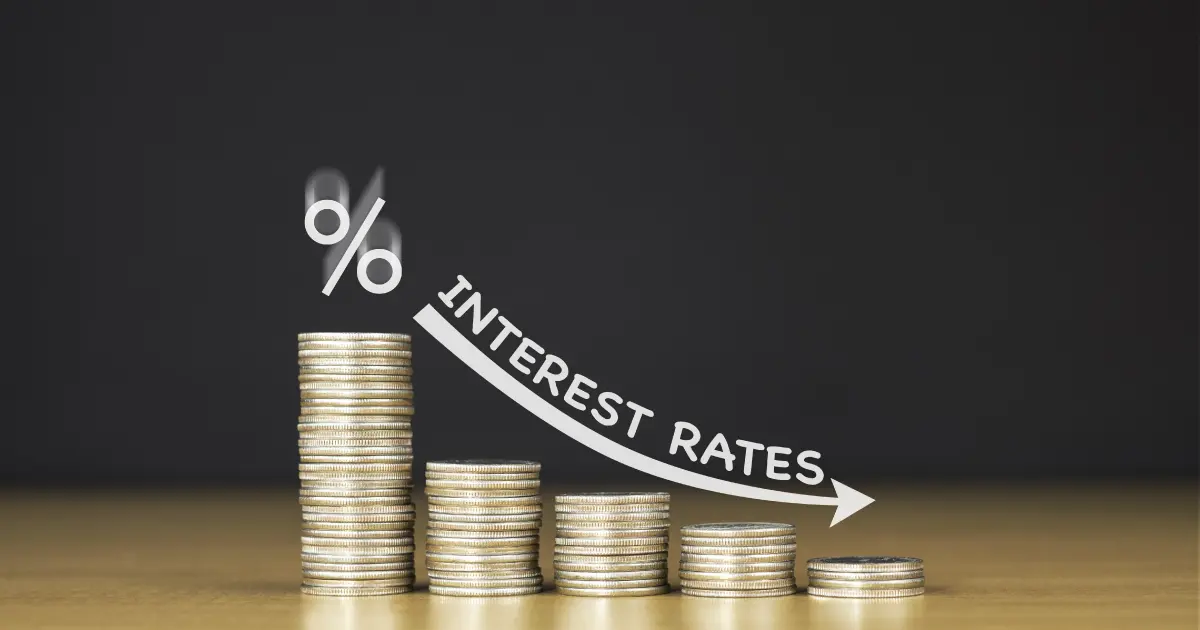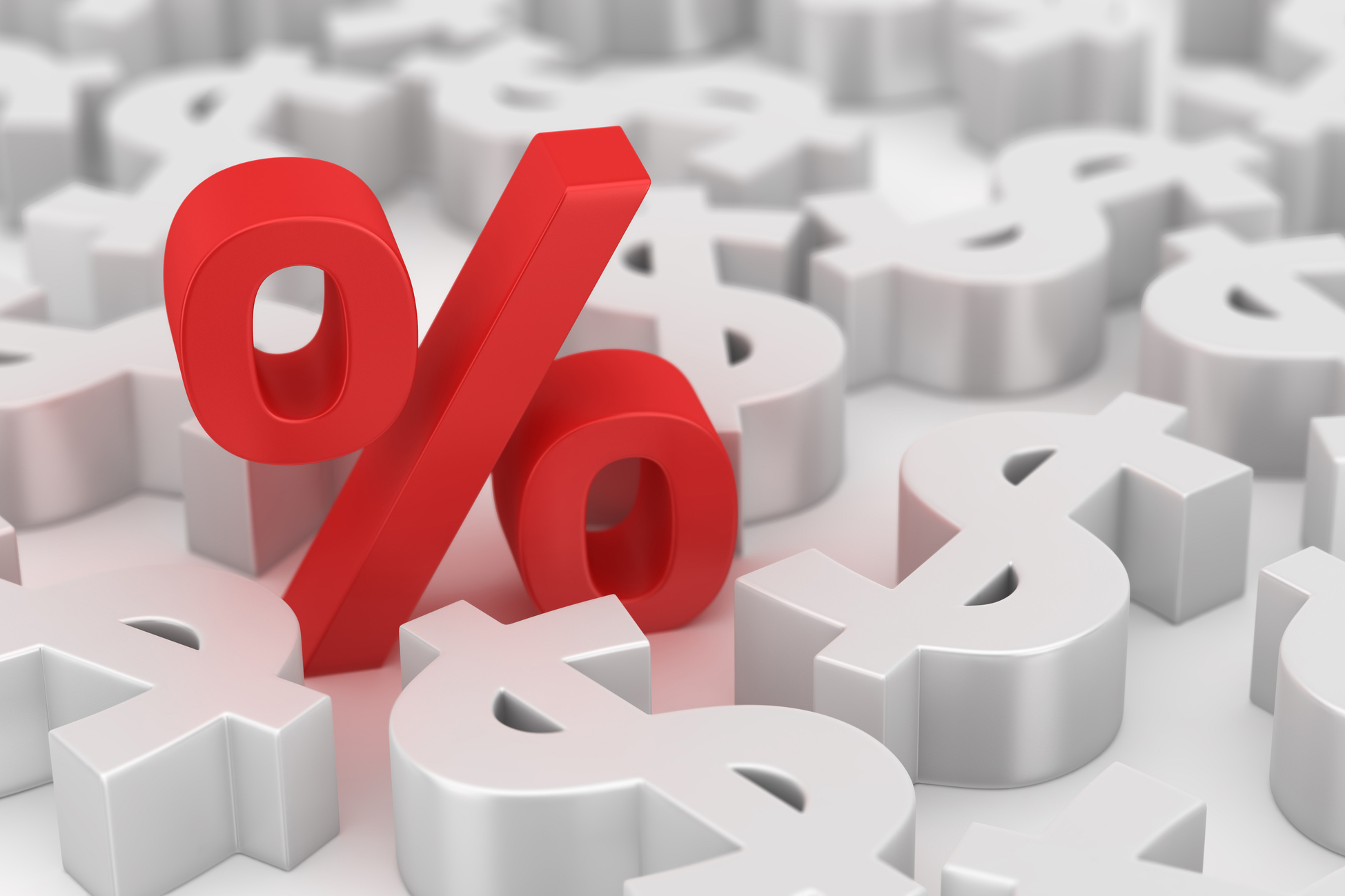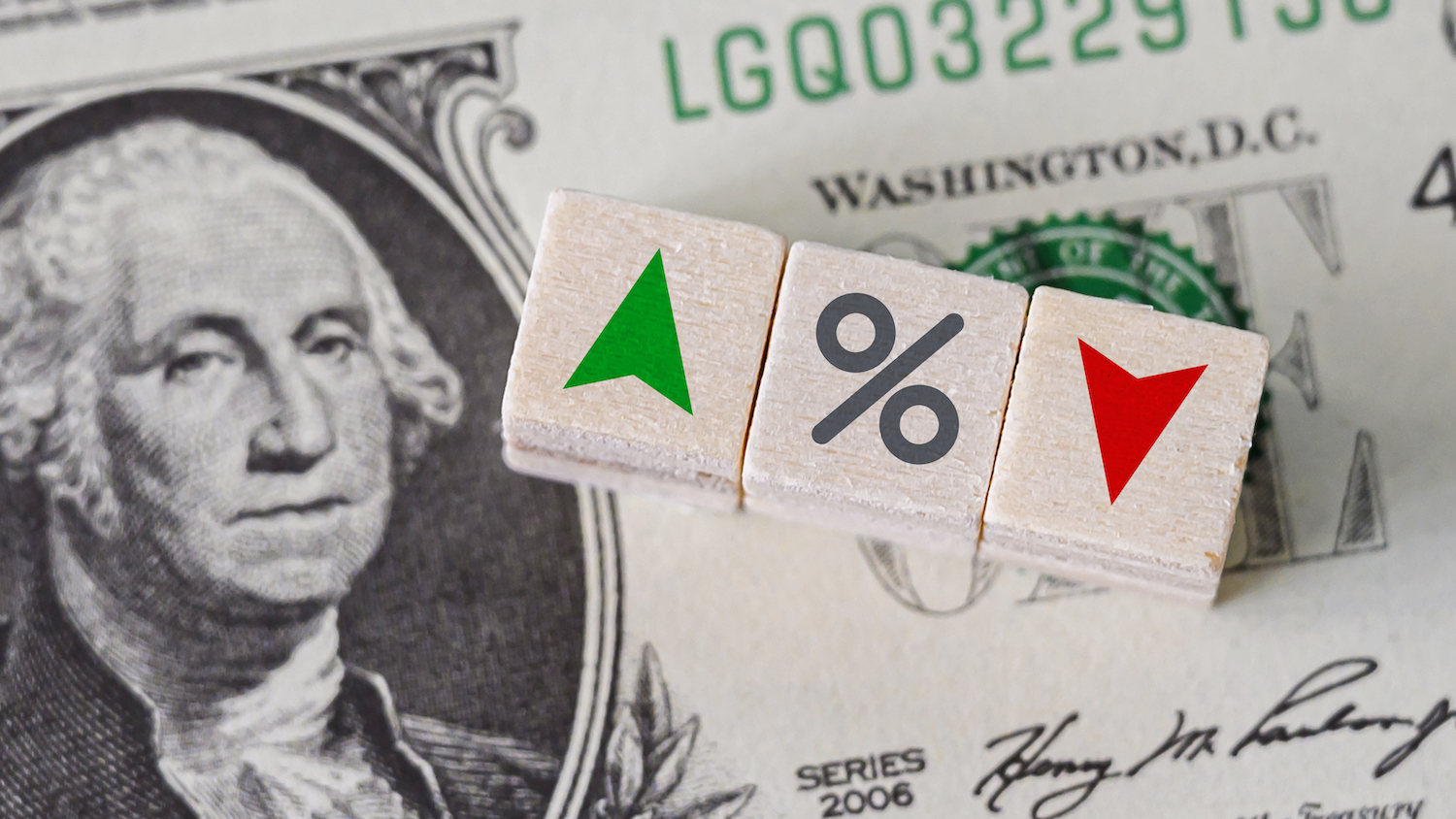How To Understand Interest Rate Trends In 2024?
Interest rates play a pivotal role in shaping economic landscapes, influencing everything from consumer spending to investment decisions. Keeping a close eye on interest rate trends is crucial for individuals, businesses, and policymakers alike. In this article, we are giving you the key concepts to understant into the intricacies of interest rate trends, exploring their impact and the factors that drive their fluctuations.
Author:Frazer PughReviewer:Gordon DickersonFeb 15, 2024609 Shares20.3K Views
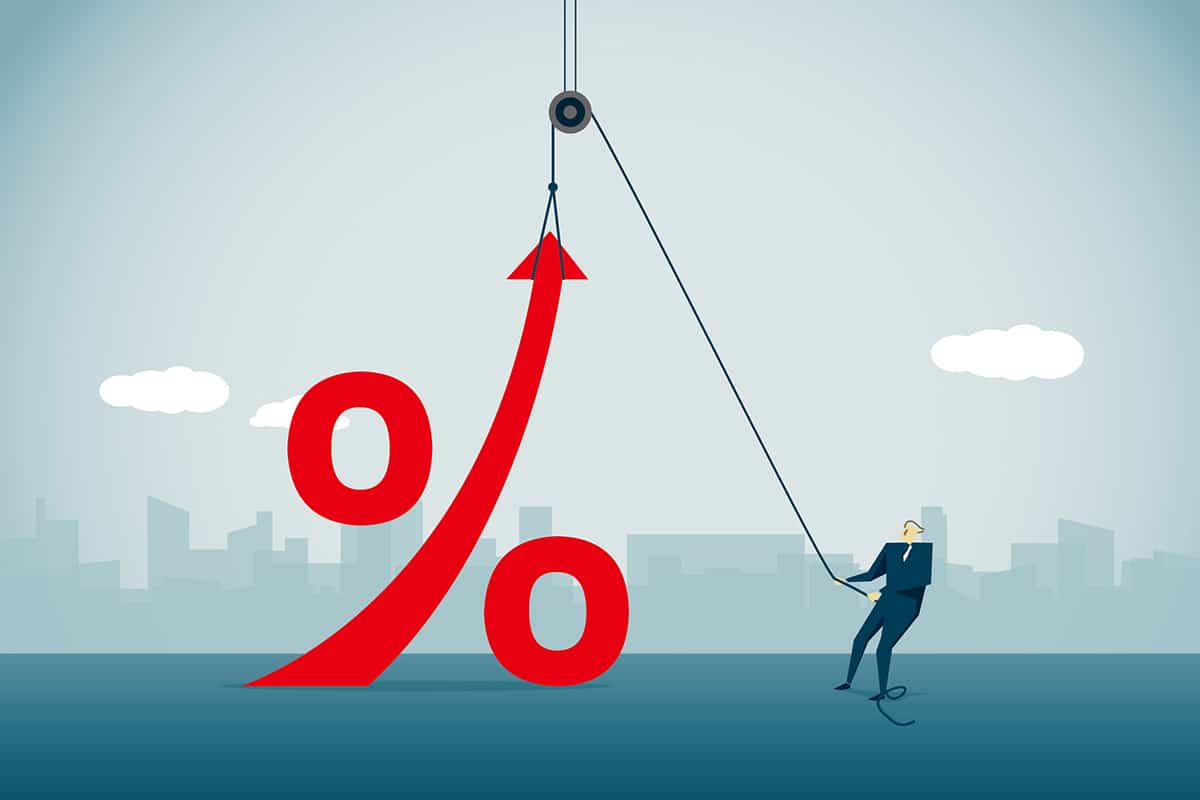
Interest rates play a pivotal role in shaping economic landscapes, influencing everything from consumer spending to investment decisions. Keeping a close eye on interest rate trends is crucial for individuals, businesses, and policymakers alike. In this article, we are giving you the key concepts to understant into the intricacies of interest rate trends, exploring their impact and the factors that drive their fluctuations.
The Basics Of Interest Rates
Understanding interest rates is fundamental to comprehending the dynamics of the financial world. Whether you're considering taking out a loan, making an investment, or simply trying to grasp economic trends, delving into the basics of interest rates is a crucial step. Let's explore this intricate topic in more detail.
What Are Interest Rates?
Interest rates are essentially the price of money. They represent the cost incurred by borrowers for accessing funds or the return earned by lenders for providing those funds. Expressed as a percentage, interest rates play a pivotal role in shaping economic activities and financial decisions.
These rates can take on various forms, and their nature depends on the specific financial instrument in question. Here's a breakdown:
Types Of Interest Rates
- Nominal Interest Rate: The nominal interest rate is the straightforward, stated rate on a loan or investment. It is the percentage by which the borrowed or invested amount grows over a specified period without accounting for inflation.
- Real Interest Rate: In contrast to the nominal rate, the real interest rate takes inflation into account. It reflects the true cost of borrowing or the actual return on investment after adjusting for changes in the general price level. Calculating the real interest rate provides a more accurate picture of the economic impact of borrowing or investing.
- Prime Rate: The prime rate is the interest rate at which banks lend to their most creditworthy customers, typically large corporations or individuals with excellent credit histories. It serves as a benchmark for various other interest rates in the economy, influencing lending rates for businesses and consumers.
How Interest Rates Are Determined
Supply And Demand Dynamics In Interest Rates
Understanding the interplay between supply and demand is essential for unraveling the complexities of interest rate movements. Interest rates, as a key component of the financial landscape, are intricately linked to the dynamics of credit supply and demand. Let's delve into how fluctuations in these factors can shape the interest rate environment.
Supply And Demand Of Credit
Interest rates act as a balancing mechanism between the supply of and demand for credit. The relationship is dynamic, with changes in one influencing the other. Here's a closer look at this symbiotic relationship:
1. Impact Of Demand For Credit:
When there is an increase in the demand for money or credit, interest rates tend to rise. This is a simple case of supply and demand dynamics—higher demand puts upward pressure on prices, in this case, the cost of borrowing. Conversely, a decrease in the demand for credit exerts downward pressure on interest rates.
2. Impact Of Supply Of Credit:
An increase in the supply of credit has the opposite effect, leading to a reduction in interest rates. When more money is made available to borrowers, it expands the pool of credit in the market. For instance, when individuals open bank accounts, they are essentially lending money to the bank, which can, in turn, lend that money to other customers. The greater the supply of credit, the lower the cost of borrowing.
The Role Of Borrower Behavior
1. Deferring Loan Repayment:
The decisions made by borrowers regarding loan repayment also influence credit supply. When borrowers choose to defer repayment, such as postponing credit card bill payments to a later date, it has a twofold effect. Firstly, it increases the total interest payable. Secondly, and perhaps more significantly, it reduces the amount of credit available in the market.
2. Impact On Interest Rates:
A decrease in the supply of credit, prompted by borrowers deferring repayment, contributes to an increase in interest rates. With less credit available in the economy, lenders may raise interest rates to balance the reduced supply and heightened demand.
The Impact Of Inflation On Interest Rates
In the intricate dance of economic forces, inflation emerges as a key player influencing the trajectory of interest rates. Understanding how inflation and interest rates are interconnected provides valuable insights into the complexities of monetary policy and financial decision-making.
Inflation's Role In Interest Rate Levels
1. Direct Relationship:
Inflation and interest rates share a direct relationship. As the inflation rate rises, the likelihood of higher interest rates increases. This correlation stems from the economic principle that lenders seek compensation for the eroding purchasing power of money over time.
2. Compensation for Decreased Purchasing Power:
Lenders, anticipating the impact of inflation, demand higher interest rates to offset the decrease in the real value of money. When lenders are repaid in the future, the money they receive has less purchasing power than the money they initially lent. Higher interest rates act as a form of compensation for this loss in value.
3. Preserving Real Returns:
Investors and lenders aim to preserve their real returns, which account for both nominal interest rates and inflation. In an environment with higher inflation, lenders seek higher nominal interest rates to ensure that their returns maintain or exceed the rate of inflation.
The Dynamics Of Inflation And Interest Rates
1. Central Bank Response:
Central banks often respond to inflationary pressures by adjusting interest rates. A proactive measure to curb inflation may involve raising interest rates to reduce borrowing and spending, thereby cooling off the economy. Conversely, in times of low inflation, central banks may lower interest rates to stimulate economic activity.
2. Inflation Expectations:
Anticipated future inflation also plays a role in shaping interest rates. If individuals and businesses expect inflation to rise, lenders may incorporate those expectations into current interest rates, further reinforcing the link between inflation and interest rate levels.
Government Influence On Interest Rates
In the intricate web of economic forces, the government, through its regulatory bodies, holds a significant role in shaping interest rates. One of the primary entities entrusted with this responsibility in the United States is the U.S. Federal Reserve, commonly referred to as the Fed. Understanding how government actions impact interest rates provides crucial insights into the broader economic landscape.
The Role Of The U.S. Federal Reserve
1. Monetary Policy Announcements:
The U.S. Federal Reserve plays a pivotal role in influencing interest rates through its implementation of monetary policy. Periodically, the Fed makes announcements detailing its stance on interest rates and the broader economic landscape. These announcements can include decisions on the federal funds rate, a key interest rate that influences borrowing costs throughout the economy.
2. Federal Funds Rate:
The federal funds rate is the interest rate at which banks lend to each other overnight. Changes in this rate can have a cascading effect on various interest rates, impacting everything from credit card rates to mortgage rates. The Fed may raise or lower the federal funds rate to achieve specific economic objectives, such as controlling inflation or stimulating economic growth.
Government Tools For Interest Rate Management
1. Open Market Operations:
The government, through the Fed, conducts open market operations to buy or sell government securities. These transactions influence the money supply, affecting short-term interest rates. For instance, by purchasing government securities, the Fed injects money into the financial system, leading to lower short-term interest rates.
2. Discount Rate:
The Fed sets the discount rate, which is the interest rate at which banks can borrow directly from the central bank. Changes in the discount rate influence the cost of borrowing for banks, subsequently affecting interest rates in the broader economy.
Economic Stability And Inflation Control
1. Influence On Economic Indicators:
Government actions, especially those of the Fed, have a profound impact on economic indicators. By adjusting interest rates, the government aims to influence spending, investment, and employment levels, contributing to overall economic stability.
2. Inflation Targeting:
The government often employs interest rate policies to manage inflation. If inflation is rising beyond the target, the Fed may implement measures to cool the economy, such as raising interest rates. Conversely, during periods of low inflation, interest rates may be lowered to stimulate economic activity.
The Global Perspective
1. International Impact:
Government decisions on interest rates can have global repercussions. Changes in U.S. interest rates, for example, can influence international capital flows, exchange rates, and the overall stability of the global economy.
The Implications Of Interest Rate Trends
Interest rate trends, like the ebb and flow of economic tides, send ripples across various facets of the financial landscape. These fluctuations carry substantial implications for both individuals and businesses. Let's delve into the multifaceted effects of interest rate trends and how they shape critical aspects of the economy.
Effect On Borrowing Costs
Fluctuations in interest rates wield a direct influence on the cost of borrowing, a pivotal factor for businesses and consumers alike. Understanding this impact is essential for making informed financial decisions:
Higher Rates: When interest rates rise, the cost of loans escalates. Businesses face increased expenses for capital, potentially slowing down expansion plans. For consumers, higher rates mean more expensive mortgages, car loans, and credit card debt.
Stimulus for Borrowing: Conversely, lower interest rates can act as a stimulus for borrowing. Reduced borrowing costs encourage businesses to invest, expand, and hire. Consumers benefit from more affordable loans, potentially boosting spending and economic growth.
Impact On Investments
Interest rate trends play a pivotal role in shaping the attractiveness of various investments. Investors carefully navigate these trends to optimize their portfolios:
Bond Prices and Yields: Bond prices and yields share an inverse relationship. As interest rates rise, bond prices tend to fall, impacting fixed-income investments. Investors often reallocate their portfolios in response to interest rate expectations, aiming to maximize returns in changing market conditions.
Equity Market Considerations: Interest rate trends can influence equity markets as well. Rising rates may prompt a shift from stocks to bonds, seeking higher yields in the fixed-income market. Investors must assess the broader economic environment and adjust their investment strategies accordingly.
Housing Market Dynamics
Interest rates exert a profound influence on the housing market, shaping the decisions of prospective homebuyers and impacting overall market activity:
Stimulating Home Buying: Lower interest rates often fuel increased demand in the housing market. Prospective homebuyers find mortgages more affordable, leading to higher home sales and, in some cases, rising property values.
Reduced Demand with Higher Rates: Conversely, higher interest rates can dampen demand in the housing market. As the cost of financing a home purchase increases, some potential buyers may delay or reconsider their plans. This can result in a slowdown in market activity and impact property values.
Navigating The Financial Landscape - Monitoring Interest Rate Trends
In the ever-evolving realm of finance, keeping a vigilant eye on interest rate trends is paramount for making well-informed decisions. Whether you're an individual investor, a business owner, or simply someone interested in economic dynamics, staying attuned to the fluctuations in interest rates is key. Here are some indispensable tools and strategies to help you stay informed:
Economic Reports And Data Releases
Regular Review:
Why:Economic reports and data releases provide a wealth of information about the current state of the economy. Key indicators include employment reports, inflation figures, and GDP growth.
How:Regularly review reports published by government agencies, such as the Bureau of Labor Statistics (BLS) for employment data and the Bureau of Economic Analysis (BEA) for GDP figures. These reports offer insights into the overall health of the economy, helping you anticipate potential interest rate movements.
Central Bank Announcements
Crucial Insights:
Why:Central banks, such as the U.S. Federal Reserve, have a substantial impact on interest rates through their monetary policy decisions. Announcements from central banks offer crucial insights into their outlook on the economy and potential shifts in interest rate policies.
How:Keep a close eye on official statements, press conferences, and speeches by central bank officials. These communications provide valuable cues about the direction of interest rates and the central bank's stance on economic conditions.
Financial News And Analysis
Expert Perspectives:
Why:Financial news sources and expert analyses offer real-time updates and interpretations of market events. Understanding how economic news influences interest rate expectations is essential for making timely decisions.
How:Regularly follow reputable financial news outlets, attend market analysis webinars, and read insights from financial experts. These sources provide a broader context for interest rate trends, helping you stay informed about the factors influencing market dynamics.
Interest Rate Trends - FAQs
Are Interest Rates Going Up Or Coming Down?
Two-year fixed mortgage rates are expected to fall from 5.03pc on average to 4.47pc in February, according to Capital Economics. They are forecast to fall below 4pc on average in September and end the year at 3.68pc. Two and five year fixes are expected to stabilise at 3.31pc and 3.6pc in June 2025 respectively.
What Are The Predictions For Interest Rates?
Experts anticipates a decline in two-year fixed mortgage rates, projecting a decrease from the current average of 5.03% to 4.47% in February. The forecast suggests a further dip below 4% on average by September, concluding the year at 3.68%. Looking ahead to June 2025, the expectation is for stability, with two-year fixes at 3.31% and five-year fixes at 3.6%.
What Is The Interest Rate Trend In The US?
Econometric models indicate a projected long-term trend for the United States Fed Funds Interest Rate, with an anticipated value of around 4.75 percent in 2024 and 3.75 percent in 2025.
Conclusion
Interest rate trends are complex, multifaceted phenomena with far-reaching consequences. Whether you're a borrower, investor, or policymaker, understanding the dynamics of interest rates is crucial for navigating the ever-changing economic landscape. By staying informed and considering the various factors at play, individuals and businesses can make more informed financial decisions in the face of evolving interest rate trends.

Frazer Pugh
Author

Gordon Dickerson
Reviewer
Latest Articles
Popular Articles
